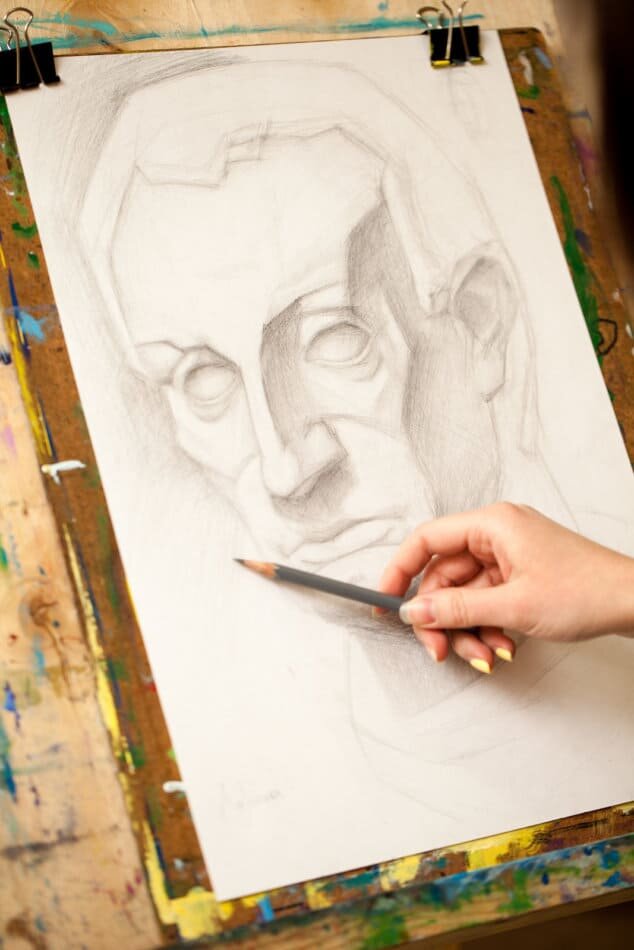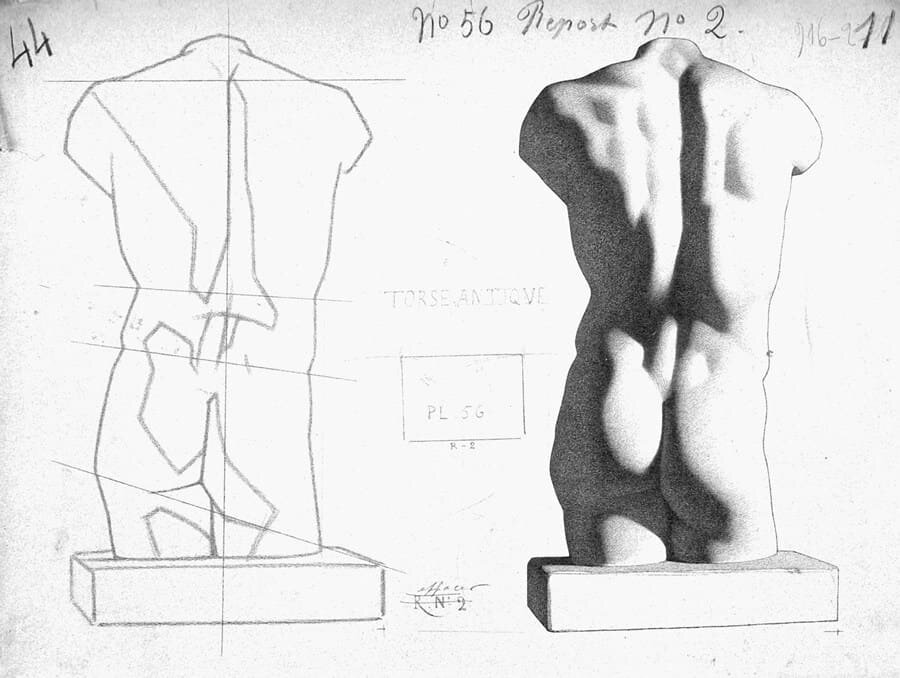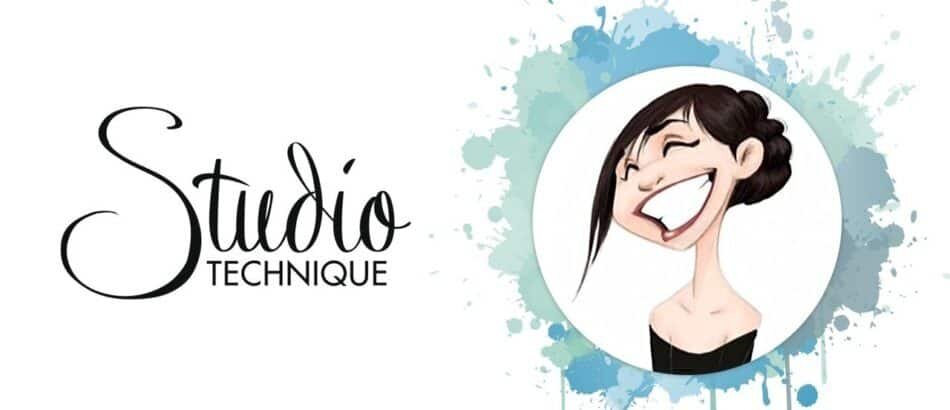does drawing help with 3d animation
As an animator information technology often discover myself explaining to people is the fact that I rarely bear on a pencil to draw for work. A vast majority of people only assume from the get get that any animator needs to be proficient at drawing. It's a reasonable assumption since every one, of course, has the iconic images of the beautiful Disney classics and how they were manus fatigued past the old masters.

The reality is, however, that as a 3D animator, cartoon skills are absolutely not required. However, it is highly recommended to have at least bones drawing skills nevertheless.
Drawing is arguably the single most important secondary skill for any animator.
In that location are 2 sides to this question of course. Information technology can be confusing to hear that it'south not required to know how to describe, yet everyone tells students that they highly recommend for everyone to draw at to the lowest degree a piddling fleck.
Why is Cartoon not a Requirement?
If you have ever looked at a 3D software and moved around a puppet, or even if you have merely watched someone do it then yous rapidly came to realize that a digital puppet, in a 3D software, being posed and blithe through the software does not demand to exist drawn past paw.
These days, there is a much higher variety of visual styles that tin can be achieved in 3D, that is why most directors choose to do it in CG and then at that place is, of course, the hyperrealistic animation that is washed for today's Visual Effects blockbusters that could never be achieved through traditional methods.
Today's visual gustation has basically surpassed the quality that hand drawn animation delivers.
With the 3D style, at that place are other skills that are much more important and get much more of a requirement to be a good 3D animator than drawing skills.
A Sense of movement and physicality is paramount. Being able to observe motion or being able to feel how your character'due south weight should be shifting is much more than of import in the highly detailed work that is beingness washed in today'southward 3D animation and visual effects studios.
Observing and replicating tiny details and mannerisms and being able to apply them in a way that makes sense for that particular character is a truthful art in itself.
Timing all the dissimilar actions together and then that it feels natural instead of rehearsed or choreographed along with creating a believable emotional operation based on who your grapheme is and the situation he or she is in is what separates the truly great animators.
On my path through the largest Visual Effects studios in the world, i take encountered countless animators who couldn't describe yet have crafted some of the nearly epic fight scenes on their own without putting a single sketch on paper.
Each artist's procedure is different and for many in this industry, in that location are lots of other ways to accomplish realistic motility, choreograph epic fights or arts and crafts 18-carat emotional performances.

Why should you learn to draw withal?
While we now know that drawing is not a must have requirement as a 3D animator, information technology is even so the most of import skill animators at any level should be practicing. Here are just a few examples of why that is.
Training your eye and capturing an essence quickly

Especially in alive or on location drawing artists learn to capture the essence of a pose or character quickly as their subjects are more oftentimes than not in constant motion or at to the lowest degree don't agree poses for very long. This translates straight into assessing animation and spotting details in a character's motion that might demand smoothing, slowing down or speeding up.
Anatomy
Specially through life cartoon exercises, an artist learns anatomy. Knowing how things work together and which muscle moves which body function is giving insights into what actions or poses might be physically possible and what does not brand sense.

Posing
Drawing teaches how to pose a character for maximum appeal or how to make a pose more dynamic.
Information technology also teaches most silhouette and how to tell a story nonverbally.
Weight
Drawing humans or animals ingrains a sense for weight into an artist's subconscious. Be it to not lose residuum in a pose every bit well as in estimating how long an action should take due to a character'south weight.
Aesthetics and thinking like an artist

Over fourth dimension, artists learn to simplify their drawings. Suggesting forms and shapes and letting the observer's brain fill in the blanks. Some artists might exaggerate or distort their piece of work to evoke a feeling or convey a message. This style of thinking is the adjacent step in an creative person's development. I's piece of work suddenly becomes more than than just the report of a subject but it becomes a subjective expression of how this artist sees it.
Planning
Many animators quickly sketch out what they want to animate. It is much faster and less tedious than starting to work in the software direct abroad. Being able to quickly sketch out a sequence of drawings to explore posing, choreography or just to get a feel for the scene is increasing the efficiency of a mod animators workflow substantially.
There is an alternative to planning with sketches, withal, Just as many animators cull to lock themselves in a room and record themselves performing what they imagine for the shot.
This is an extremely quick fashion of trying out thoughts too as a great process to spark inspiration and apace try it out. Especially for more than realistic kinds of animation, this is just every bit valid a planning technique as sketching.
More opportunity
Animators who tin draw are also creating more than opportunities for themselves. Roles in storyboarding or previs are ofttimes coming up temporarily as part of pre production and if studios can fill those roles with animators instead of having to hire outsiders they don't have to create a new position for this. These animators are then also able to roll back into animation later, already knowing the project and the director'due south taste.
These artists are predestined for Pb and Supervising roles as their knowledge of the procedure is deeper than regular artists.
Many animators too prefer supervisors who know how to describe every bit they are and then able to depict over one's piece of work to better visualize what they would similar to see in a certain shot. Memories of Glen Kean cartoon over shots in forepart of the whole Disney Animation squad while working on Tangled comes to mind.
I remember vividly working with a keen supervisor at Weta Digital who had a rare ability to draw improved poses at lightning speed over our work while we were working on Avengers: Infinity State of war. This helped so much capturing the unique exaggerated comic book fashion of posing the heroes.
The all-time drawing practices for animators
In that location are meg ways to learn how to depict, but non all methods are the most efficient for animators. Cartoon every bit a secondary skill needs to fulfill a purpose, and then hither is an overview of the most practically applicable exercises you lot yourself could start doing to improve your drawing skills.
Life Drawing
Easily the best thing to practice.
In every major metropolis, there should be tons of life drawing classes on offering. Uninstructed is perfectly fine.

Merely make sure there is decent lighting that's not besides sterile and test out various locations to find the places that have the best models who pose creatively so you can really become challenged.
You volition learn how to capture the essence of a pose quickly in brusk 30sec to 5min poses merely also try to go for longer pose sessions up to 2-3 hours. That volition teach you a whole new set of skills, lite, and shadow among others.
Bargue copy. The Traditional French Academic Method.

Doing these extremely long, extremely detailed studies will teach yous a whole new style of thinking about your discipline. You will learn to intuitively mensurate shapes against each other. You will proceeds a whole new sense of proportion and y'all will truly larn how light and shadow work.
This is an farthermost way of learning as it tests ane's patience to the farthermost. It is, however, one of the nearly rewarding experiences I've always had on my artistic journey.
Sketching in public places
Get outside. To the mall, the beach, the drome. It doesn't matter where you lot go. But sit downward and depict the people around you lot. This is a difficult exercise in capturing one pose while the subject is in motion. Done consistently, this is also the all-time way to train 1's centre to run across details in animation that might be hidden to the untrained center.
Take courses
If y'all want to accept things to another level and get more serious, you lot can too take instructed courses online. Here are a few that could be of interest.

Samantha Youssef – Studio Technique
Samantha is a onetime Disney second animator and offers lovely online workshops. She is a talented artist and an excellent teacher. Her site is admittedly worth checking out.

CGMA – CG Master Academy
CGMA is the prime location when information technology comes to digital and traditional art. Their courses in any category of traditional art pedagogy are among the all-time the web has to offer.

Pluralsight
A Huge establishment that covers lots of bases. A subscription there is absolutely worth it and also lets you railroad train whatever other skill y'all might need on your journey to become a ameliorate animator.
Source: https://mountcg.com/how-important-is-drawing-in-3d-animation/
0 Response to "does drawing help with 3d animation"
Postar um comentário